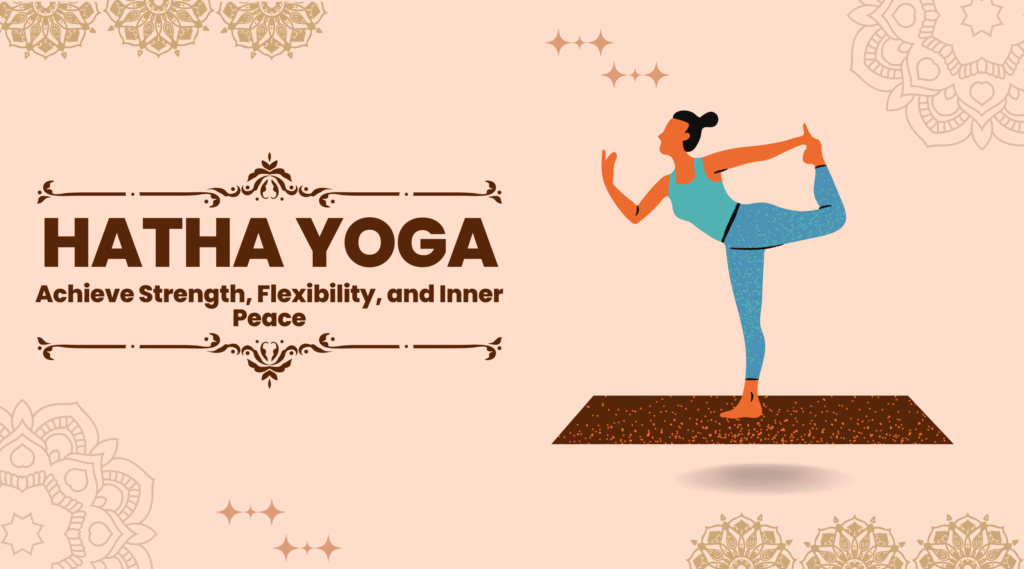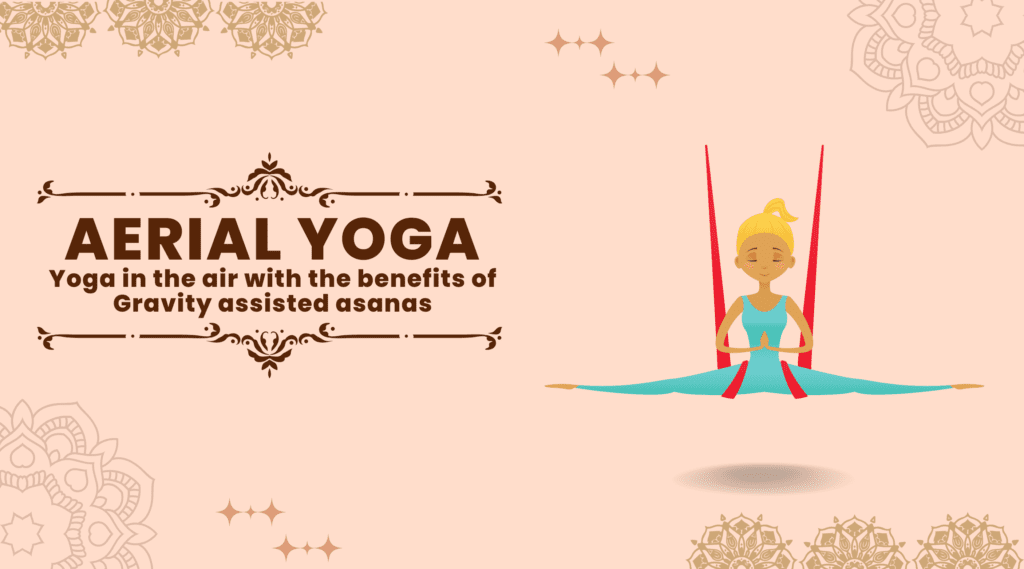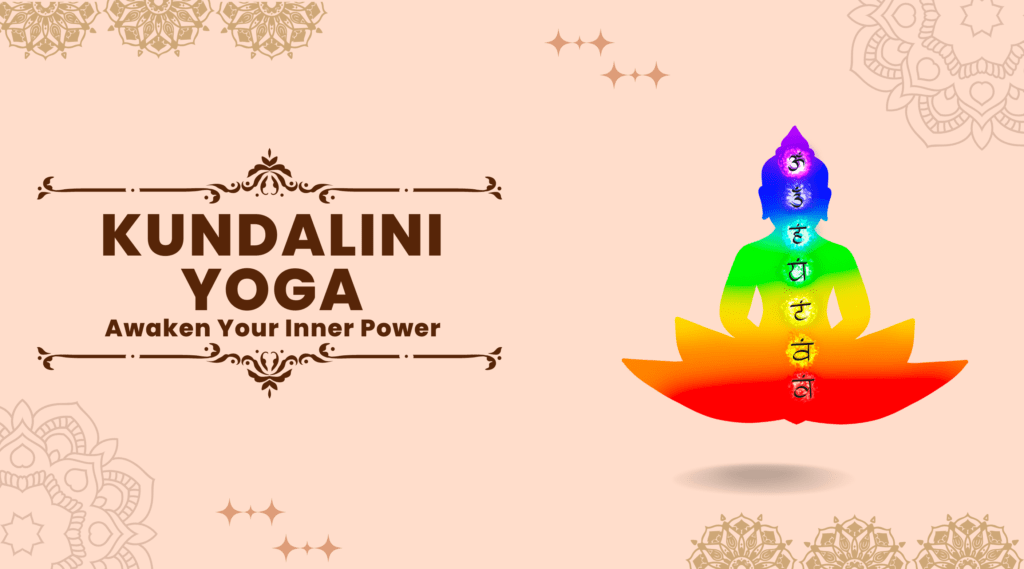Yoga Before Bed: A Serene Evening Ritual for Deep Relaxation

Introduction
Sleep is a vital aspect of our overall well-being, yet many struggle to achieve a restful night’s sleep. The fast-paced nature of modern life, stress, as well as various other factors can disrupt our sleep patterns. Fortunately, yoga before bed can offer a natural and effective solution for improving sleep quality.
In this article, we will explore the connection between yoga and better sleep, uncovering the practices and techniques that can help you achieve the restful sleep you deserve. It’s important to understand the significance of quality sleep. Adequate sleep is crucial for physical health, mental clarity, emotional balance, and overall vitality.
Lack of sleep can lead to increased stress levels, impaired cognitive function, weakened immune system, mood disturbances, and heightened risk of various health conditions. By prioritising better sleep through yoga, you can enhance your overall well-being.
There are conditions of general sleeplessness or insomnia, in which yoga before bed can help a lot in managing good sleep. Sleeplessness refers to the general difficulty or inability to fall asleep or stay asleep. It is a broader term that can encompass various reasons for not getting sufficient sleep while Insomnia, on the other hand, is a specific sleep disorder characterised by persistent difficulty falling asleep, staying asleep, or both, despite adequate opportunity for sleep.
It is a more clinical term used to describe a chronic condition where sleep problems occur at least three nights a week for three months or more.
Suggested: Best Yoga Retreats And Yoga Teacher Training In Rishikesh
Causes of Insomnia
Insomnia or sleeplessness can have various causes and contributing factors. Here are some common factors that can be a reason of insomnia or sleeplessness:
1. Stress and Anxiety:
Psychological factors, such as stress, worry, and anxiety, are significant contributors to insomnia. Racing thoughts, excessive worry, and an overactive mind can make it challenging to relax and fall asleep.
2. Poor Sleep Habits and Sleep Environment:
Irregular sleep schedule, excessive daytime napping, consuming stimulants (e.g., caffeine, nicotine) close to bedtime, engaging in stimulating activities (e.g., using electronic devices, intense exercise) before bed, and having an uncomfortable sleep environment can disrupt the body’s natural sleep-wake cycle and make it difficult to achieve restful sleep.
3. Medical Conditions:
Underlying medical conditions can contribute to insomnia. Chronic pain, respiratory problems (e.g., asthma), gastrointestinal disorders, hormonal imbalances (e.g., thyroid issues), neurological disorders (e.g., restless leg syndrome), and sleep disorders (e.g., sleep apnea) can interfere with sleep quality.
4. Mental Health Disorders:
Insomnia is commonly associated with mental health conditions such as depression, anxiety disorders, post-traumatic stress disorder (PTSD), bipolar disorder, and obsessive-compulsive disorder (OCD). The symptoms of these disorders can disrupt sleep patterns and contribute to insomnia.
5. Medications and Substance Use:
Certain medications, such as antidepressants, corticosteroids, and medications that contain stimulants, may have side effects that disrupt sleep. Additionally, the use of substances like alcohol, caffeine, and nicotine can negatively affect sleep quality and contribute to insomnia.
6. Shift Work and Jet Lag:
Disruptions to the body’s natural circadian rhythm due to irregular work schedules, especially night shifts, can lead to insomnia. Frequent travel across different time zones can also cause jet lag, which can result in temporary sleep disturbances.
7. Age and Hormonal Changes:
Insomnia can be more common in certain age groups. Older adults may experience changes in sleep patterns, such as difficulty falling asleep or staying asleep. Hormonal changes during menopause and pregnancy can also contribute to sleep disruptions and insomnia.
8. Genetic Factors:
There may be a genetic predisposition to insomnia, as it can run in families. Certain genetic variations may affect sleep regulation and contribute to a higher risk of developing insomnia.
These are the general reasons for sleeplessness. However, if we talk about sleeplessness or insomnia in males and females separately, there can be certain factors that may have a higher prevalence or impact in one gender compared to the other. Here are some factors (causes) that can potentially affect each gender differently:
Causes of insomnia in females
1. Hormonal Changes: Fluctuations in hormone levels during menstrual cycles, pregnancy, and menopause can disrupt sleep patterns and contribute to insomnia.
2. Menopause: The hormonal changes and associated symptoms of menopause, such as hot flashes and night sweats, can significantly disrupt sleep in some women.
3. Pregnancy: Physical discomfort, hormonal changes, and increased anxiety during pregnancy can lead to sleep disturbances and insomnia.
4. Psychological Factors: Women may be more prone to stress, anxiety, and mood disorders, which can impact sleep quality and contribute to insomnia.
Causes of insomnia in males
1. Sleep Apnea: Males have a higher prevalence of obstructive sleep apnea, a condition that can cause repeated breathing interruptions during sleep, leading to disrupted sleep and insomnia symptoms.
2. Substance Use: Men may have higher rates of alcohol and drug use, which can interfere with sleep patterns and contribute to insomnia.
3. Work-Related Stress: High-stress occupations, demanding work schedules, and job-related pressures may affect men more, leading to increased stress and insomnia.
4. Mental Health Conditions: Certain mental health conditions, such as depression and post-traumatic stress disorder (PTSD), which are more prevalent in men, can impact sleep and contribute to insomnia.
The Impact of Sleep on Health and Well-being
Before delving into the benefits of yoga for sleep, it’s important to understand the significance of quality sleep. Adequate sleep is crucial for physical health, mental clarity, emotional balance, and overall vitality.
Lack of sleep can lead to increased stress levels, impaired cognitive function, weakened immune system, mood disturbances, and heightened risk of various health conditions. By prioritising better sleep through yoga, you can enhance your overall well-being.
How Yoga Before Bed Is Helpful in Better Sleep
Yoga can be highly beneficial for improving sleep quality and promoting better sleep. Here are several ways in which yoga can help:
1. Reduces Stress and Anxiety:
Yoga incorporates physical postures (asanas), breathing techniques (pranayama), and mindfulness practices that help reduce stress and anxiety. By engaging in yoga, you can release tension, calm the nervous system, and promote a state of relaxation, making it easier to transition into sleep.
2. Promotes Physical Relaxation:
Practising gentle yoga before bed can help relax the body, relieve muscle tension, and alleviate physical discomfort. Poses such as Child’s Pose (Balasana), Legs-Up-The-Wall Pose (Viparita Karani), and Corpse Pose (Savasana) are particularly effective for inducing a state of deep physical relaxation.
3. Calms the Mind:
Yoga cultivates mindfulness, which involves focusing attention on the present moment without judgement. Through mindful movement, breath awareness, and meditation, yoga helps quiet the mind, reduce mental chatter, and alleviate racing thoughts that can interfere with sleep.
4. Regulates the Nervous System:
Yoga practices, such as deep diaphragmatic breathing, activate the parasympathetic nervous system, also known as the “rest and digest” response. This helps counteract the effects of the sympathetic nervous system, which is responsible for the “fight-or-flight” response. By activating the parasympathetic nervous system, yoga promotes relaxation and prepares the body for restful sleep.
5. Improves Sleep Hygiene:
Establishing a regular yoga practice can contribute to better sleep hygiene, the practices and habits that support healthy sleep. Engaging in yoga can encourage a consistent bedtime routine, promote physical activity, and discourage stimulating activities close to bedtime. These factors, combined with other sleep-promoting behaviours, enhance the likelihood of achieving restful sleep.
6. Relieves Physical Discomfort:
Certain yoga poses can specifically target physical discomfort that may interfere with sleep. For example, gentle twists can help relieve tension in the back, while forward bends can release tension in the neck and shoulders. By alleviating physical discomfort, yoga contributes to a more comfortable and relaxed state conducive to sleep.
7. Improves Mind – Body Connection:
If you do regular practice of yoga before bed, it improves the mind-body connection. As a result, it develops a greater sense of self-awareness and sensitivity towards the body’s needs. Then this improved awareness helps individuals recognize and address factors that may be disrupting their sleep. For example poor posture, muscle tension or excessive mental activity.
Yoga Poses For Sleep
Here are some yoga poses, also known as asanas, that are known for their calming and relaxing effects while yoga before bed. These poses can be beneficial for promoting better sleep:
1. Legs-Up-The-Wall Pose (Viparita Karani):
Lie on your back and place your legs up against a wall or any elevated surface. Rest your arms by your sides, close your eyes, and breathe deeply. This pose helps relax the body, reduce anxiety, and improve circulation.
2. Child’s Pose (Balasana):
Start on your hands and knees, then gently lower your hips toward your heels as you stretch your arms forward and rest your forehead on the mat. This pose promotes relaxation, relieves tension in the back, and calms the mind.
3. Standing Forward Bend (Uttanasana):
Stand with your feet hip-width apart and slowly fold forward, bending at the hips. Allow your head and neck to relax, and if possible, place your hands on the floor or hold opposite elbows. This pose helps release tension in the hamstrings and lower back, and promotes relaxation.
4. Corpse Pose (Savasana):
Lie flat on your back, arms by your sides, and legs slightly apart. Now close your eyes while focusing on deep rhythmic breathing. This final relaxation pose allows the body and mind to fully relax and prepare for sleep.
5. Supine Spinal Twist:
Lie on your back while keeping your arms stretched towards outside in a T-shape. Bend your right knee and cross it over your left leg while gently lowering your knee toward the floor on the left side. Turn your head to the right. This twisting pose helps release tension in the spine as well as promotes relaxation.
6. Butterfly Pose (Baddha Konasana):
Sit on the floor and bring the soles of your feet together while allowing your knees to fall open to the sides. Hold your feet or ankles, lengthen your spine, and relax your shoulders. This pose helps release tension in the hips and groin area as well as promotes relaxation.
7. Reclining Bound Angle Pose (Supta Baddha Konasana):
Lie on your back and bring the soles of your feet together, allowing your knees to fall open to the sides. Support your knees with props, such as blankets or pillows, if needed. This pose helps open the hips, relieve tension, and promote relaxation.
Conclusion
When it comes to achieving better sleep, yoga before bed offers a holistic approach that addresses both the body and mind. By incorporating relaxation techniques, breathwork and mindfulness practices while establishing a bedtime yoga routine, you can create the conditions necessary for restful nights.
Embrace the power of yoga before bed to restore balance, promote relaxation as well as experience the rejuvenating effects of quality sleep. Embrace the path to better sleep through yoga and awaken each day feeling refreshed, restored, and ready to embrace life to the fullest.



